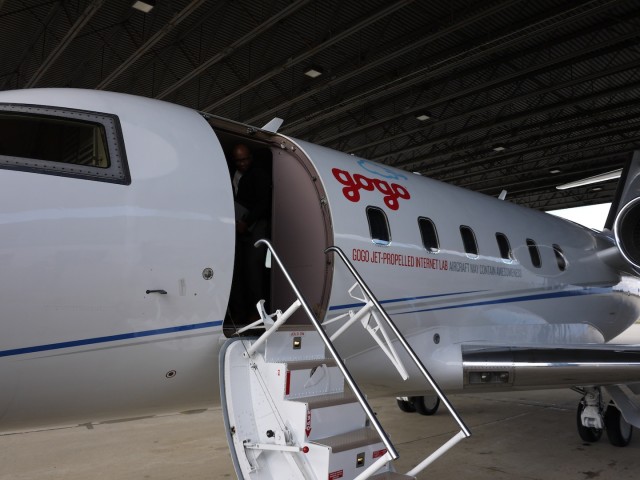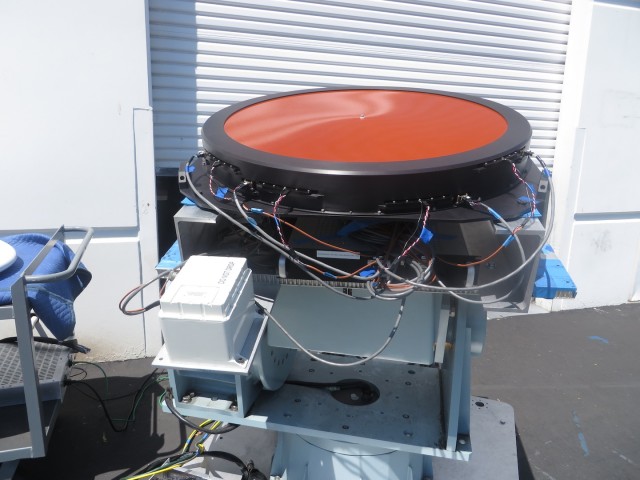Gogo announced today significant new technology upgrades that will boost the speed and enhance the reliability of their in-flight wifi service. These upgrades will be rolled out first with Virgin America (VX) in 2014, who also happened to be the first customer to introduce Gogo service fleet-wide, and the first to implement the enhanced ATG-4 high-speed service.
The essence of the new technology is a refined antenna that utilizes a “GTO” protocol (or “Ground-to-Orbit”). This system will build upon Gogo’s existing ground-based antennas to utilize multiple satellites for enhanced speed and reliability. Gogo claims upwards of 60 Mbps speeds to planes running their service. That’s up to 20x faster than what you can expect on most planes equipped with Gogo right now.
Another benefit of the new antenna is that it can communicate with multiple satellites at once, which increases stability. If one connection fails, another can pick up the slack. This will hopefully prevent what happened on my last Gogo-equipped flight; a 20-minute loss of coverage in the middle of writing an AirlineReporter.com story.
One last benefit of the new antenna – it’s sleeker. Those humps you’ve seen on wifi-equipped aircraft serve to scratch your internet addiction, but they also suck fuel. Some sources report an approximate fuel burn hit of 1.2%, which may not seem like much, but when you’re competing in a tight industry, fuel burn matters. It was one of the first things that Gogo’s CEO and President, Michael Small, mentioned in the press conference.
So what does 60 Mbps to each plane mean to the average flier? Think Netflix, Hulu, and other streaming video services. If you’re a carrier, why spend significant capital on built-in IFE systems? Nearly everyone has a tablet or smartphone, and with genuine broadband you can get all the inflight entertainment you need. According to Gogo’s Chief Technology Officer, Anand Chari, “we also expect GTO to be the most TV friendly solution in the market. The receive-only GTO antenna’s higher spectral efficiency and lower cost structure will produce a better quality picture for various types of applications including IPTV.”
For those of us that think airborne high-speed internet is a game changer, Gogo’s announcement is excellent news. Honestly, though, for what I do while flying (mostly Twitter, Facebook, and email), the current speeds are sufficient. I just wish the signal had more stability, which hopefully the new GTO service can provide. I’m looking forward to my first Gogo GTO flight.

